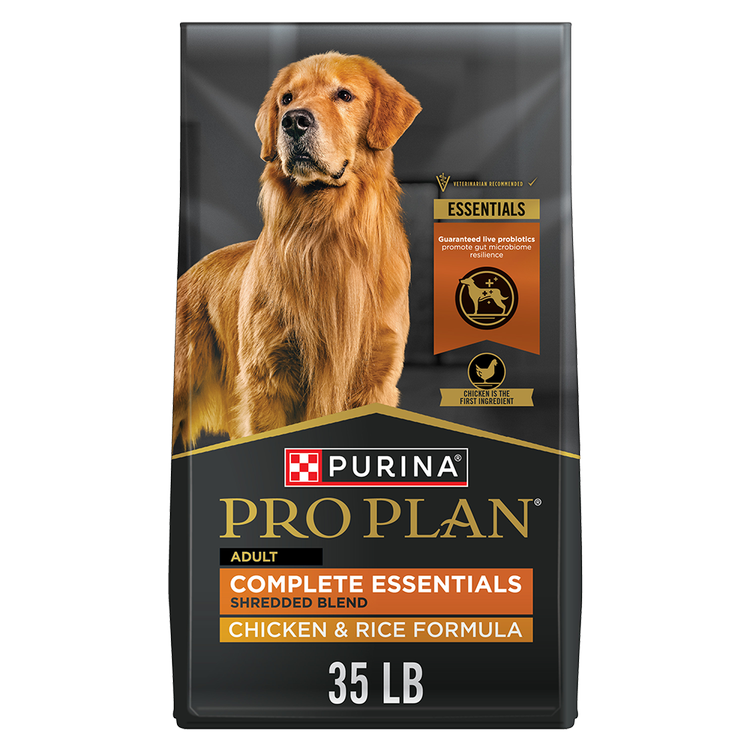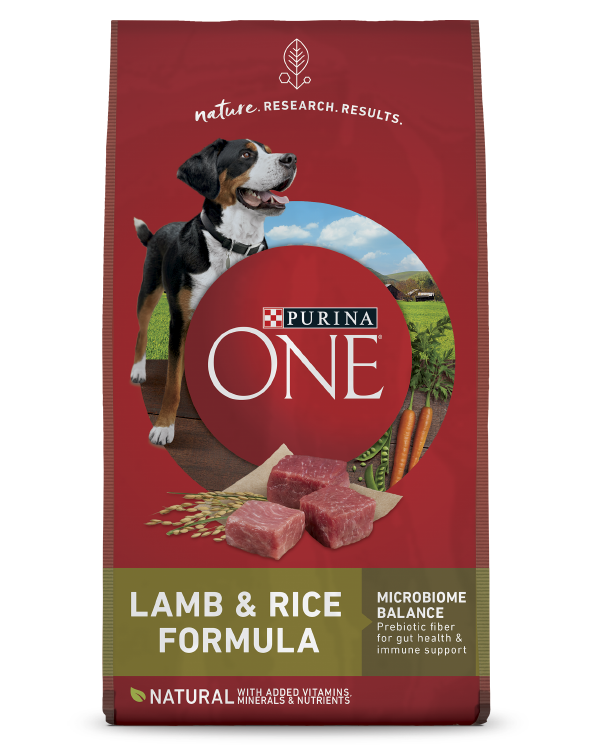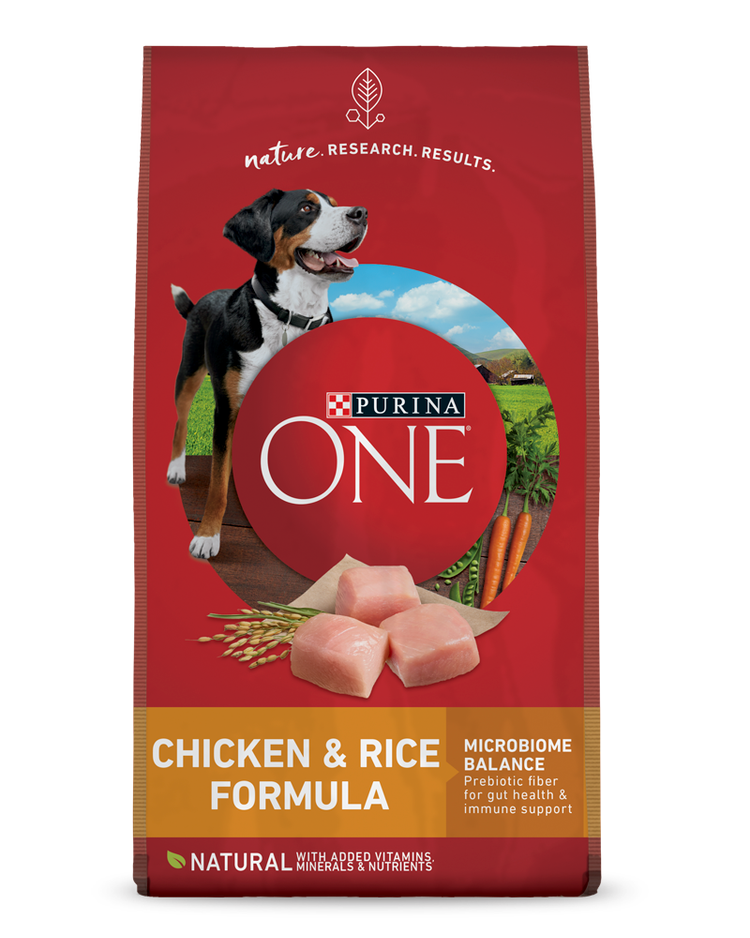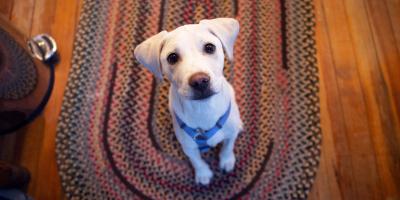How Often Should I Feed My Dog: Free Feeding vs. Schedule Feeding


Along with what to feed their dogs, another important question for pet owners is how (and how often) to feed them. There are different dog feeding methods you can choose from, two of which are free feeding and schedule feeding.
What is Free Feeding a Dog?
A simple definition of free feeding dogs or cats is providing unlimited access to food. This translates to having a food bowl filled and available to your dog at all times.
Alternatively, schedule feeding involves feeding your dog meals according to a specific and consistent schedule. This means food is only available to your dog at set mealtimes.
Is Free Feeding Bad for Dogs?
Veterinarians are cautious about recommending free feeding to dogs instead of schedule feeding, for some very valid reasons.
Free Feeding vs. Schedule Feeding Dogs – What’s the Difference?
Free feeding can be a popular choice among pet owners for several reasons. Among these reasons are that it requires less work, and less knowledge of nutritional requirements and serving sizes.
However, because food is constantly available, this feeding method can have some significant drawbacks, especially when it comes to your dog’s health:
- You have less control over how much your dog eats
- Unlimited access to food can lead to weight gain and obesity
- The inability to monitor how much your dog is eating makes it harder to identify changes in their food intake
- If you are feeding more than one dog, free feeding makes it difficult to determine whether everyone is getting the amount of food, and the daily nutrition, they need
The Benefits of Schedule Feeding Your Dog
Unlike free feeding, schedule feeding enables you to feed your dog the proper serving size at every meal, to help support a healthy weight. It also allows you to monitor your dog’s appetite, so you can quickly spot a change due to illness or other issues.
If you are feeding two or more dogs, schedule feeding gives you better control over who is eating what, so you can make sure that all your furry family members are getting the right amount of the right food. It can also help avoid fights over unmonitored food dishes.
To successfully schedule feed, you’ll need to determine a feeding schedule that works best for your dog and your lifestyle, and commit to feeding the recommended serving size at regular feeding times.
Is Free Feeding a Puppy a Good Idea?
Young puppies need more frequent meals than adult dogs, usually three meals a day before six months of age. While it might be tempting to just fill the bowl and let your puppy graze throughout the day, remember that recommended servings of a quality puppy food, served on a consistent feeding schedule, will help your puppy grow up healthier and make potty training easier.
How Often Should I Feed My Dog?
Most veterinarians recommend two daily feedings, morning and night, for healthy adult dogs. If your schedule allows, you may feed your dog smaller, more frequent meals.
This schedule may need to be adjusted for puppies, breeding females or dogs with health issues. To determine how often you should feed your dog, talk to your veterinarian.
Ready to Switch to Schedule Feeding? How to Stop Free Feeding Your Dog.
Making the move from free feeding to schedule feeding can be accomplished, provided you’re willing to put in some initial extra work and commit to sticking to a feeding schedule, especially as your dog is adjusting from eating when they want to eating at set mealtimes.
Here are some simple steps to help establish a schedule feeding routine:
- Start by determining how much food your dog needs to consume each day.
- Divide that amount according to the number of meals you plan to feed daily.
- At mealtime, give your dog a meal serving.
- After 15 to 20 minutes, pick up the dish (and any food left in it). This will keep your dog from having access to food until their next meal and reinforce that they need to eat meals when they are served.
After a few meals, most healthy adult dogs will come to understand how the new feeding plan works and adjust to eating meals at a specific time. If you have a picky eater, try adding a bit of warm water to meals to entice them to dig in and start eating.
If you have a dog with health issues, check with your veterinarian before changing your feeding routine.
With Your Help, Your Dog Can Thrive on a Scheduled Feeding Plan
Schedule feeding is a great way to ensure that your dog is getting the nutrition they need. Best of all, a regular feeding schedule takes just a bit of learning (for you and your dog), and a commitment to taking an important step that can help your dog live a long and healthy life.
For more expert tips on feeding your dog, explore our other dog feeding articles.
Related articles
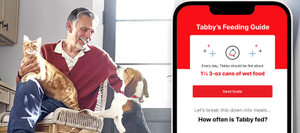
How Much Food Is Right for Your Pet?
Get a personalized feeding guide for your dog or cat from Purina’s nutrition experts.

